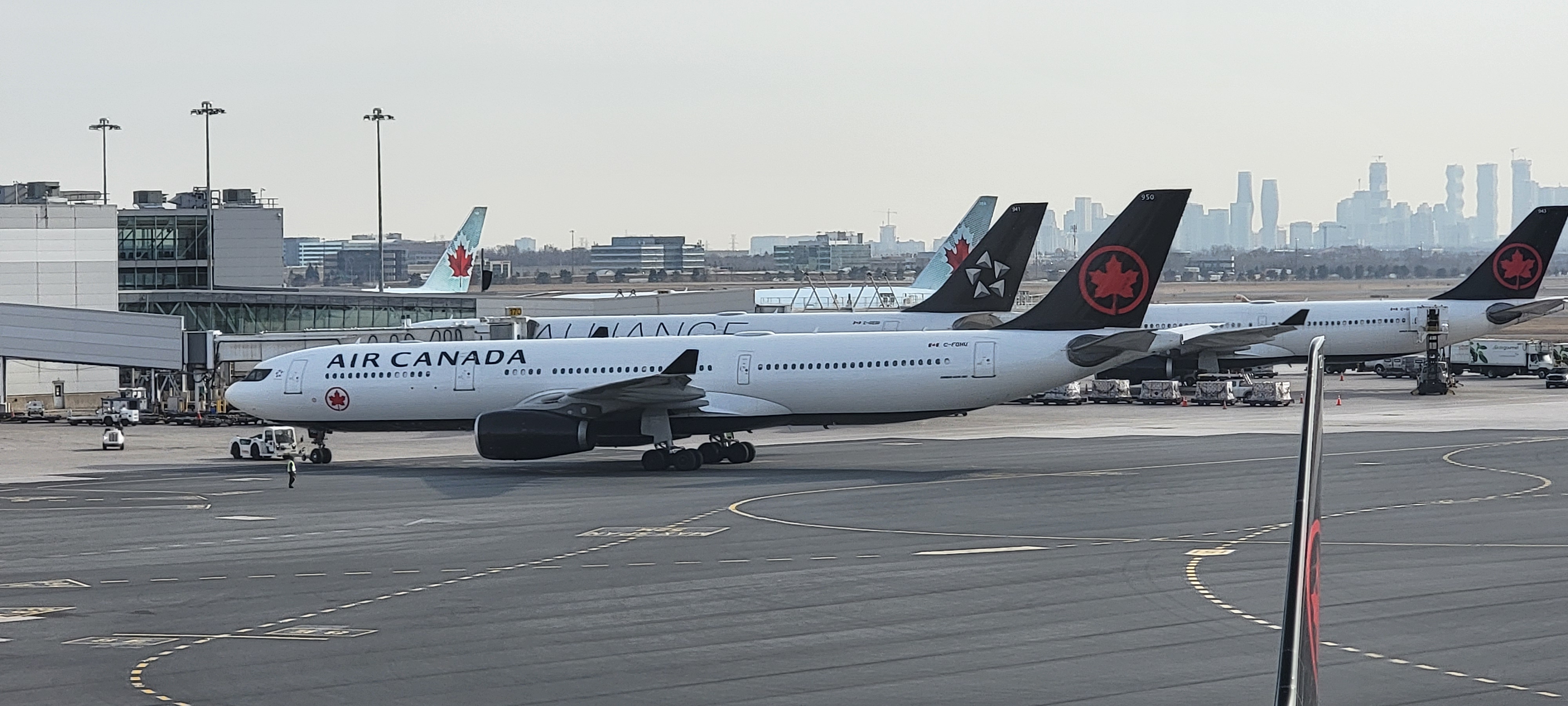
The Great US-Canada Travel Mystery: Separating Fact from Fiction
The internet is abuzz with alarming headlines: US-Canada air travel is plummeting, down a shocking 70%! Images of empty airports and deserted border crossings flood our social media feeds, fueling anxieties about a potential travel crisis. But before we panic and start hoarding maple syrup (or packing our bags for a different vacation), let’s dig a little deeper. The reality, it turns out, is far more nuanced than those sensationalized headlines suggest.
The claim of a 70% drop in bookings paints a picture of near-total market collapse. This is simply not reflective of the actual situation. Such a drastic decline would mirror the extreme lows seen during the height of the COVID-19 pandemic – a time characterized by strict travel restrictions and widespread fear. While cross-border travel between the US and Canada is indeed down, it’s nowhere near that catastrophic level.
So, what’s really going on? Several factors likely contribute to the decrease in bookings. One significant contributor is the current economic climate. We’re experiencing a period of economic uncertainty, with inflation impacting household budgets across North America. Travel, often considered a discretionary expense, is one of the first things people cut back on when money gets tight. This economic slowdown is likely influencing the number of people choosing to travel between the US and Canada, regardless of any political or social factors.
Another explanation is that the data being misinterpreted focuses on advance bookings. This means the number represents planned trips booked several weeks or months in advance. These figures are not always an accurate reflection of actual travel, as some people may book further out for planning purposes or change travel plans closer to the date due to changing circumstances.
Furthermore, the narrative of a “boycott” or widespread dissatisfaction with either country needs careful examination. While political and social issues undoubtedly influence travel decisions for some individuals, it’s unlikely that these factors alone could account for a significant decline in bookings. There’s no clear evidence of a large-scale, coordinated boycott impacting travel numbers to this degree.
It’s important to remember that travel patterns are complex and influenced by numerous variables. Seasonal changes, airline pricing strategies, and even weather patterns can all impact the number of travellers crossing the border. To understand the full picture, we need to move beyond sensational headlines and look at the complete data set, considering all potential factors rather than focusing on a single metric.
In conclusion, while it’s true that US-Canada air travel is currently experiencing a downturn, the severity of the decline is being vastly overstated. A careful examination of the situation reveals a more intricate reality, one shaped by economic factors rather than a singular, dramatic event. Before jumping to conclusions based on alarming headlines, it’s crucial to consider the full context and avoid misinformation that could unnecessarily fuel anxieties and distort the real picture of cross-border travel. The travel industry is dynamic and adaptable; while there are challenges, the relationship between the U.S. and Canada remains strong, and travel is likely to continue, albeit perhaps at a more moderate pace.



Leave a Reply